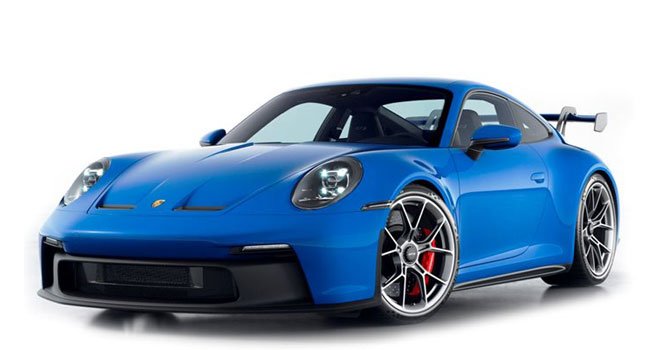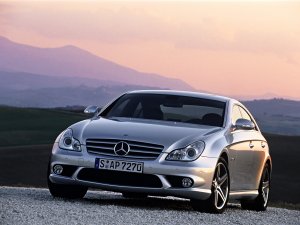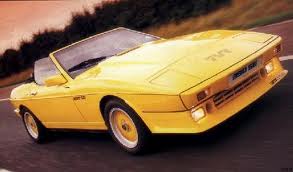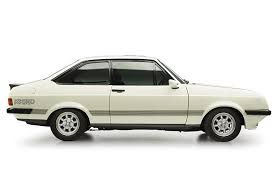


This edition of the Jaguar XJ 3.0D V6 600 LWB is the 6 speed / Auto version and was first brought out in 2009. This was at around the same time as the introduction of the 2010 Hennessey Venom GT 6.2L V8 and the 2010 Bugatti Veyron 8.0 litre W16 Super Sport.This particular Jaguar XJ has a 2993cc Turbo Diesel powerplant with 6 cylinders in a V formation.
The XJ shares its Diesel V6 engine configuration with the likes of the 2019 Audi A4 S4 TDI 3.0 V6 and the 2016 Audi A6 3.0 TDI BiTurbo Quattro Tiptronic. If you're looking for other fast cars which share the XJ's Rear Wheel Drive, Saloon combination then how about the 1982 Fiat X1/9 1.5 8V or the 1965 Aston-Martin DB6 1965.
Weighing in at 1813 kgs (3996 lbs) this makes the Jaguar XJ 3.0D V6 600 LWB in the same weight category as the 2022 Aston-Martin Vantage V12 5.2 Twin Turbo or the give or take 50kg.
In terms of power the 2993cc 24V V6 engine produces 271 bhp (202 kW) @ 4000 rpm similar to the 2022 Hyundai i30 N Performance 2.0 Turbo (276 bhp) or the 2021 KIA K5 GT 2.5 Turbo (290 bhp).
The Turbo V6 throws out 443 lb-ft (600.6 Nm) @ 2000 rpm placing it with cars of similar torque performance figures such as the 2024 Ford Mustang Dark Horse 5.0 V8 (418 lb-ft) or the 2023 Porsche Cayenne S 4.0 V8 Turbo (443 lb-ft).
If one combines the weight with power or torque performance for the Jaguar XJ you can get a better idea of it's real world performance.
The Jaguar XJ has a Power to weight ratio of 149.4 bhp per ton and 244.3 lb-ft per ton. Bhp Per Ton figures of the 2009 XJ competing with the 1989 Jaguar XJ R-S 6.0 V12 (174.4 bhp per ton) or the 2006 Subaru Forester STi 2.5L Turbo (174.0 bhp per ton).
If you agree with the late great Carroll Shelby then arguably an even better indicator of potential performance, Torque. Use weight as well and you end up with - Torque per ton, with the Jaguar XJ generating around 244.3 lb-ft per ton. If you're curious as to what other cars have as much torque to weight then look no further than the 2012 Nissan Skyline GTR R35 (269.3 lb-ft per ton) or the 1967 Dodge Dart GTS Hardtop 6.3 V8 383 (269.3 lb-ft per ton).
With a 0-60mph time of 6.00 secs or a 0-100km/h (0-62mph) of 6.2 secs, this made the Jaguar XJ 3.0D V6 600 LWB as fast as the 2019 Land-Rover Defender 110 3.0 Turbo (6.00 secs) the 2017 Dodge Challenger GT 3.6 V6 AWD (6.00 secs) the 2017 Toyota Century 5.0 V8 (6.00 secs) the or the 2015 Seat Leon ST Cupra 265 (6.00 secs). This Jaguar XJ 3.0D V6 600 LWB is also faster than the 2017 Maserati Ghibli 3.0 V6 Diesel (6.10 secs) the 2017 Hyundai i30 N 2.0 Turbo (6.10 secs) the 2017 Land-Rover Velar 3.0 SDV6 300 (6.10 secs) the and the 2016 Volkswagen-VW Golf GTI 2.0 Turbo DSG (6.10 secs).
When talking about the performance of the Jaguar XJ on the drag strip it can reach a quarter mile in an estimated 15.54 secs @ 88.0 mph. Similar performance down the quarter mile can be found with the the 1989 Porsche 944 Turbo (15.47 secs), the 2001 Ford Mustang 4th Gen Bullitt GT (15.47 secs), and the 1971 Pontiac Tempest GT-37 6.6 V8 (15.48 secs).
Modern performance cars are often artificially restricted to 155mph. The 2009 version of the Jaguar XJ 3.0D V6 600 LWB has a maximum speed of 155mph.
If maxing out your car on the AutoBahn is your thing and you're wondering what's faster than the 2009 Jaguar XJ 3.0D V6 600 LWB then how about the 2024 Ford Mustang Dark Horse 5.0 V8 (166 mph), the 2022 Ford Mustang GT 5.0 V8 (166 mph), or the 2021 Ford Mustang Mach 1 5.0 V8 (166 mph).










Koenigsegg CC850 4.9 V12 Twin Turbo
Engine: Twin Turbo Petrol | 4919cc 32v V8
Top Speed: 280 mph
0-60mph: 2.60 seconds

Buick GS 455 Stage 1 7.5 V8
Engine: Naturally Aspirated Petrol | 7458cc 16v V8
Top Speed: 233.3 kph
0-100kph: 5.7 seconds



















